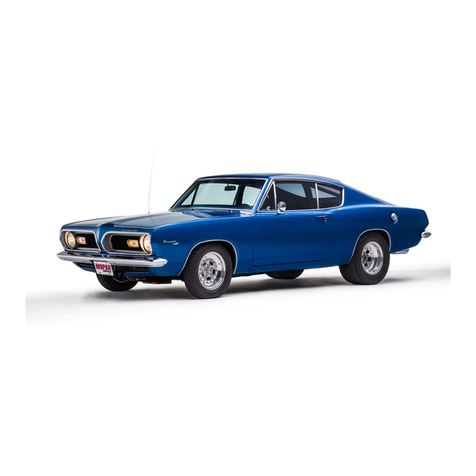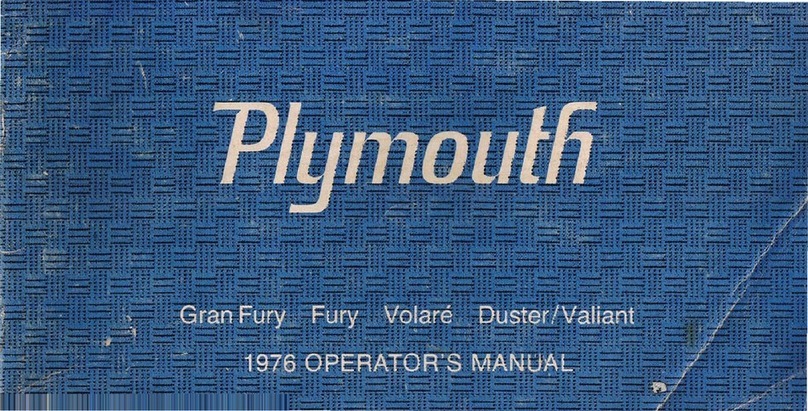
2
Safety
Features
Many features for safe motoring are provided
on your new car. Some of these safety Items
can be seen
or
felt, such
as
back up lights,
padded instrument panel, mirror mount and sun
visors, and reduced glare on windshield wiper
arms.
Other safety features, such as the double hood
latch, safety rim wheels, interlocking door
locks and the energy absorbing steering wheel
and column are not
as
noticeable, but
arB
there
to serve you
if
a need should arise. Safety is
•
designed into the body structure, the chassis,
and the braking and steering systems as
an
integral part of the basic car. Each
of
these
safety developments is the result of continuing
engineeri
ng
, intensive testing, and quality
co~
trol. Improvements arB constantly being made.
Most automotive safety equipment performs its
function with little
or
no
attention or co-opera-
tion from the consumer. However, there are
some safety features which require your co-
operation to use and
ma
intain them for maxi-
mum benefit and effectiveness. The following
index lists these safety features requiring your
co-operation.
We
recommend that you give
extra attention to these sections
of
your opera-
tor's manual.
Brakes
Duat braking system .
..
.
..
. .
..
. •
•.
..
. .
16
Self-Adjusting Brakes
....
.
..
•
....
....
19
Parking Brakes . .
....
.
...
.
..
.
........
9
Head restraints
...
....
..
. •
...
. . . .
••.
..
. 6
Seat Belts . . . . . . . . . . . . . . . . . . . . . . . . . . . . . 8
Llghls
Brake System Warning Light
....
.....
3,
16
Headlight Beam Selector
..
........
..
...
15
Roadside Warning Flashers
....
.
...
.
...
16
Tum
Signals . . . .
..
.
...
...
......
.
..
3,
15
Variable Intensity Instrument Panel Light .
14
Locks
Inside Door Locks
...
.
................
17
Child-Guard Safety Door Locks . . .
...
...
17
Mirrors
Padded Inside DaylNite Mirror
.........
6
Remote Control Outside Mirror
..
.......
6
Tires . .
...
...
..
.
...
.....
......
. . . . .
...
35
Windshield
Washers-Wipers
.
....
•
•..
.
..
18





































